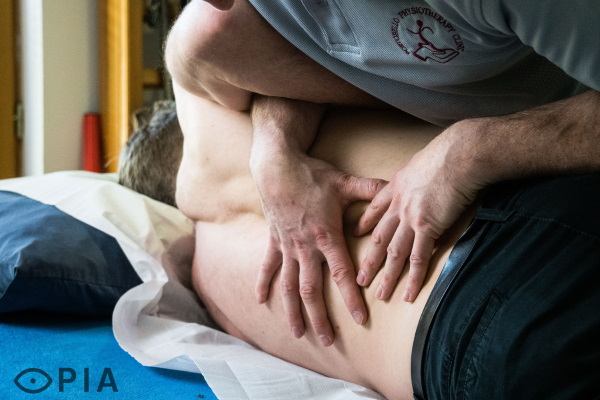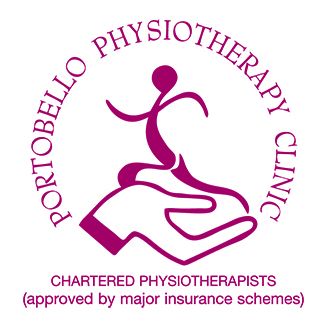Chartered Physiotherapists
Specialists in Musculoskeletal Physiotherapy
Joint Manipulation

Joint mobilisation is a passive treatment technique that can be performed on peripheral joints (shoulder, knee ankle etc) or on the spine. The reasoning behind joint manipulation is to return the joint to a normal level of function by reducing stiffness, increasing the range of motion and/or reducing pain in the joint.
Joint manipulation differs to joint mobilisation in terms of the technique used. Whereas joint mobilisation uses repetitive, oscillatory, gentle pressure to the joint in a specific direction, joint manipulation usually consists of four specific phases:
- Positioning of the patient into the most desirable orientation for joint manipulation
- Applying pressure to the area to be manipulated
- Applying a thrust force to the joint which results in manipulation. This is usually associated with a click or pop that can be heard from the joint (similar to cracking your knuckles)
- The unloading phase where the therapist releases the pressure
There are many theories regarding what the “clicking” or “popping” sound is that results from manipulation. Some research supports the theory of “Cavitation” (a process where gases produced naturally in the body are forced from the joint) while other research supports the theory that manipulation breaks “Adhesions” (stiffness in soft tissues that adhere to the joint). In either case the process of manipulation is not detrimental to the joint and certainly isn’t “bone-on-bone cracking” which is a common misconception.
Joint manipulation is not a painful technique. You may feel slight discomfort or a sensation of increased pressure around the area being worked on and afterwards you may feel fatigued. However, your therapist will regularly ask you whether you are comfortable with the position that you are in prior to manipulation or whether there is any pain while the force is being applied. Typically, after treatment your physiotherapist will prescribe you with an exercise program to maintain or improve the increase in range that joint manipulation will have achieved.
Ready to take the next step?
Learn more about our Patient-Centered Approach to Care or schedule a new patient consultation.


